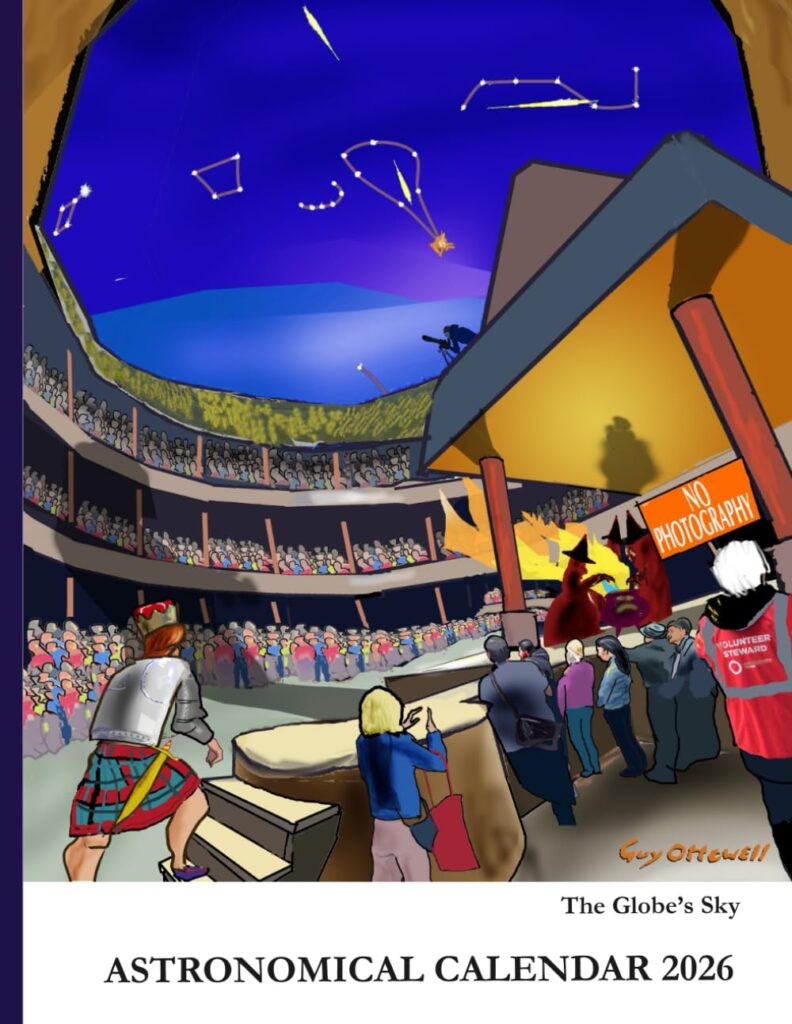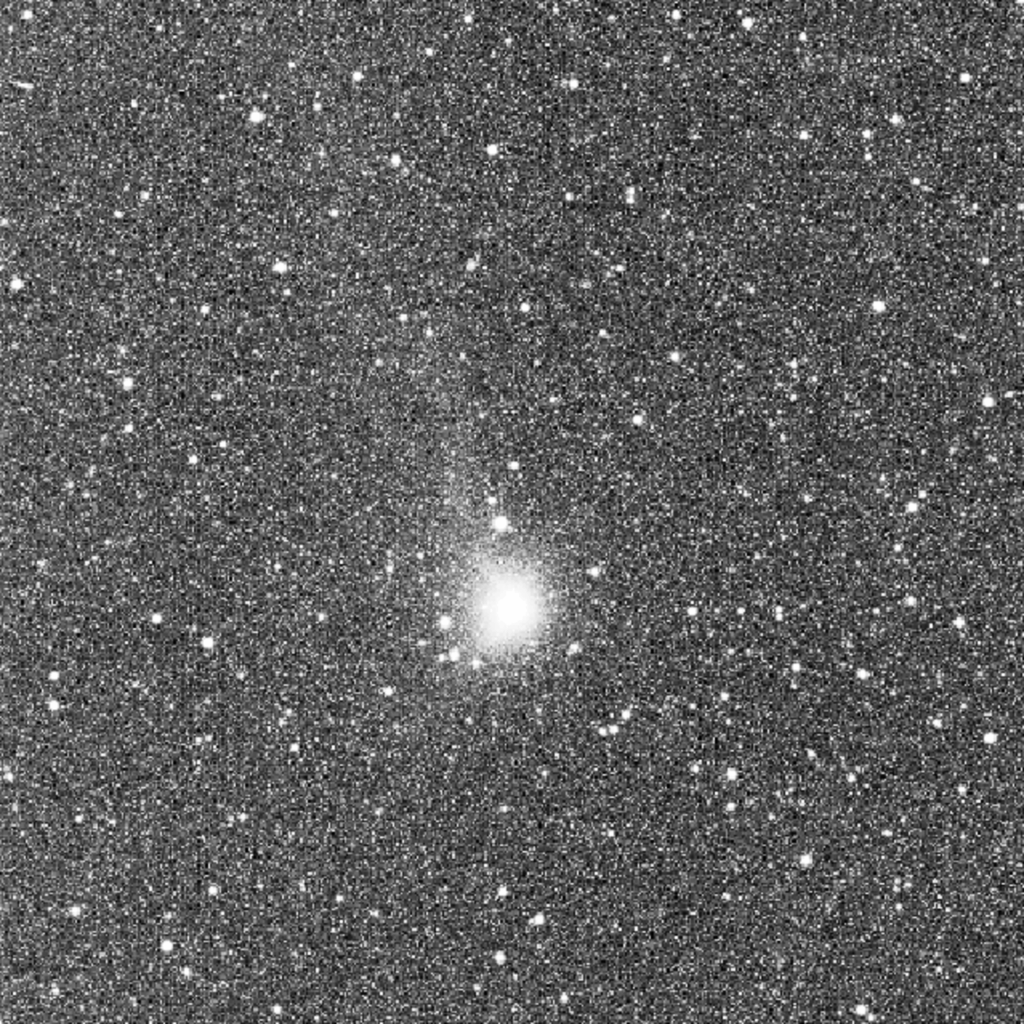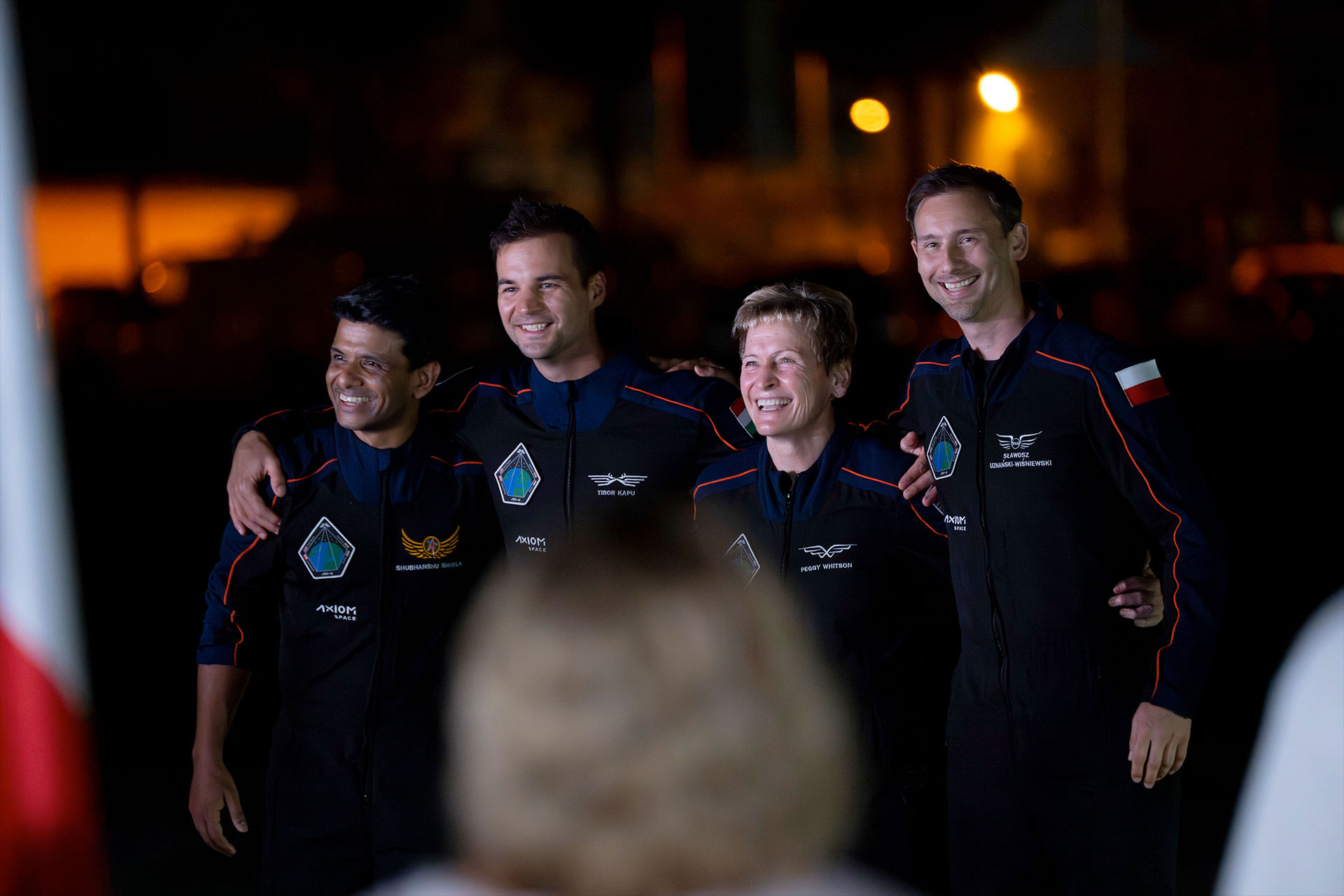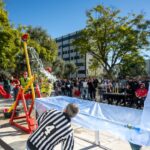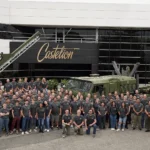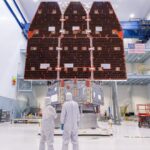Now Reading: Ignis Mission Launches New Era of International Space Cooperation
-
01
Ignis Mission Launches New Era of International Space Cooperation
Ignis Mission Launches New Era of International Space Cooperation
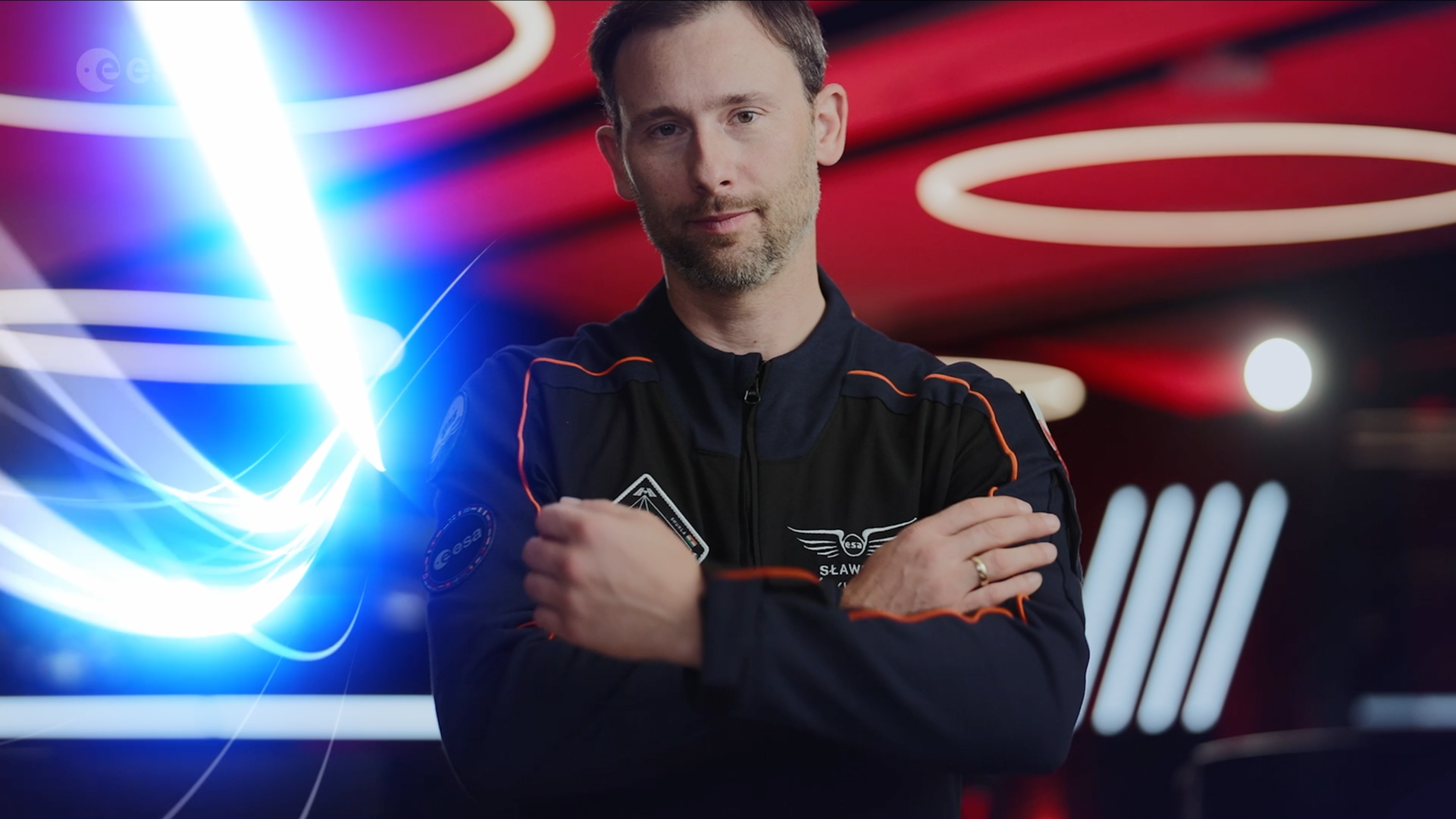

The launch of the Ignis Mission marks a significant step forward in international cooperation in space exploration, combining expertise from various countries to push the boundaries of science and technology. On June 25, 2025, a SpaceX Falcon 9 rocket roared to life, taking off from the historic launch pad 39A at NASA’s Kennedy Space Center in Florida, USA. This mission stands as a testament to human ingenuity and collaboration in the pursuit of knowledge beyond our planet.
Sławosz Uznański-Wiśniewski, the ESA project astronaut from Poland, serves as a mission specialist aboard the Dragon spacecraft. He is joined by an international crew that includes Shubhanshu Shukla from India and Tibor Kapu from Hungary, all under the command of the veteran astronaut Peggy Whitson from the United States. This diverse team reflects a unique blend of cultural and scientific perspectives, essential for addressing complex challenges in space research.
The Ignis Mission is not only a remarkable feat of engineering; it also offers a rich tapestry of scientific exploration. Sponsored by the Polish government, with substantial backing from ESA, the Polish Ministry of Economic Development and Technology (MRiT), and the Polish Space Agency (POLSA), this mission is set to carry out an ambitious technological and scientific program. The collaboration emphasizes the growing role of the Polish space industry on the global stage.
One of the mission’s cornerstones is an array of experiments designed to analyze various phenomena in microgravity. These experiments, led by ESA, are expected to yield vital data that could significantly advance our understanding of space and its effects on biological systems. The experiments proposed by the Polish space industry focus on fields such as:
- Materials Science: Investigating how materials behave in microgravity to develop stronger, lighter materials for future spacecraft.
- Life Sciences: Studying the impact of space travel on human health, specifically focusing on muscle atrophy and bone density loss.
- Astrobiology: Searching for the resilience of microorganisms in extreme conditions, which can provide insights into the origins of life.
Collaboration is at the heart of the Ignis Mission’s success. The crew members bring a wealth of knowledge and experience that will enhance the scientific output of the mission. Peggy Whitson, a renowned figure in space exploration, emphasizes the importance of teamwork in achieving mission objectives. As she stated, “Success in space exploration relies heavily on the collaboration of diverse minds working towards a common goal.”
Preparations for the Ignis Mission have been meticulous. The training involved extensive simulations and scenarios designed to prepare the astronauts for the unexpected challenges of spaceflight. Each crew member brought unique skills to the table, further enhancing their ability to work together as a cohesive unit. For example, Sławosz’s background in advanced robotics allows him to contribute significantly to the mission’s technology-driven experiments.
In addition to scientific research, the Ignis Mission serves another vital role: inspiring the next generation of scientists and engineers. Educational outreach initiatives are important components of the mission, aiming to engage students across Poland and beyond. Activities such as live Q&A sessions with the crew, interactive experiments, and educational materials related to space science are being developed to foster interest in STEM fields.
As the Ignis Mission embarks on this groundbreaking journey, it sets the stage for a new era of research and collaboration in space. The lessons learned and discoveries made will not only contribute to our understanding of space but also enhance life on Earth through the application of advanced technologies. Each successful mission builds upon the last, leading humanity one step closer to unraveling the mysteries of the universe.
With the Ignis Mission, the spirit of exploration is alive and well, driven by curiosity and the unyielding desire to discover what lies beyond. As we look to the stars, we are reminded of our place in the cosmos and the infinite potential that awaits us.
Stay Informed With the Latest & Most Important News
Previous Post
Next Post
-
 012024 in Review: Highlights from NASA in Silicon Valley
012024 in Review: Highlights from NASA in Silicon Valley -
 02Panasonic Leica Summilux DG 15mm f/1.7 ASPH review
02Panasonic Leica Summilux DG 15mm f/1.7 ASPH review -
 03How New NASA, India Earth Satellite NISAR Will See Earth
03How New NASA, India Earth Satellite NISAR Will See Earth -
 04And Thus Begins A New Year For Life On Earth
04And Thus Begins A New Year For Life On Earth -
 05Astronomy Activation Ambassadors: A New Era
05Astronomy Activation Ambassadors: A New Era -
06SpaceX launch surge helps set new global launch record in 2024
-
 07From Polymerization-Enabled Folding and Assembly to Chemical Evolution: Key Processes for Emergence of Functional Polymers in the Origin of Life
07From Polymerization-Enabled Folding and Assembly to Chemical Evolution: Key Processes for Emergence of Functional Polymers in the Origin of Life












